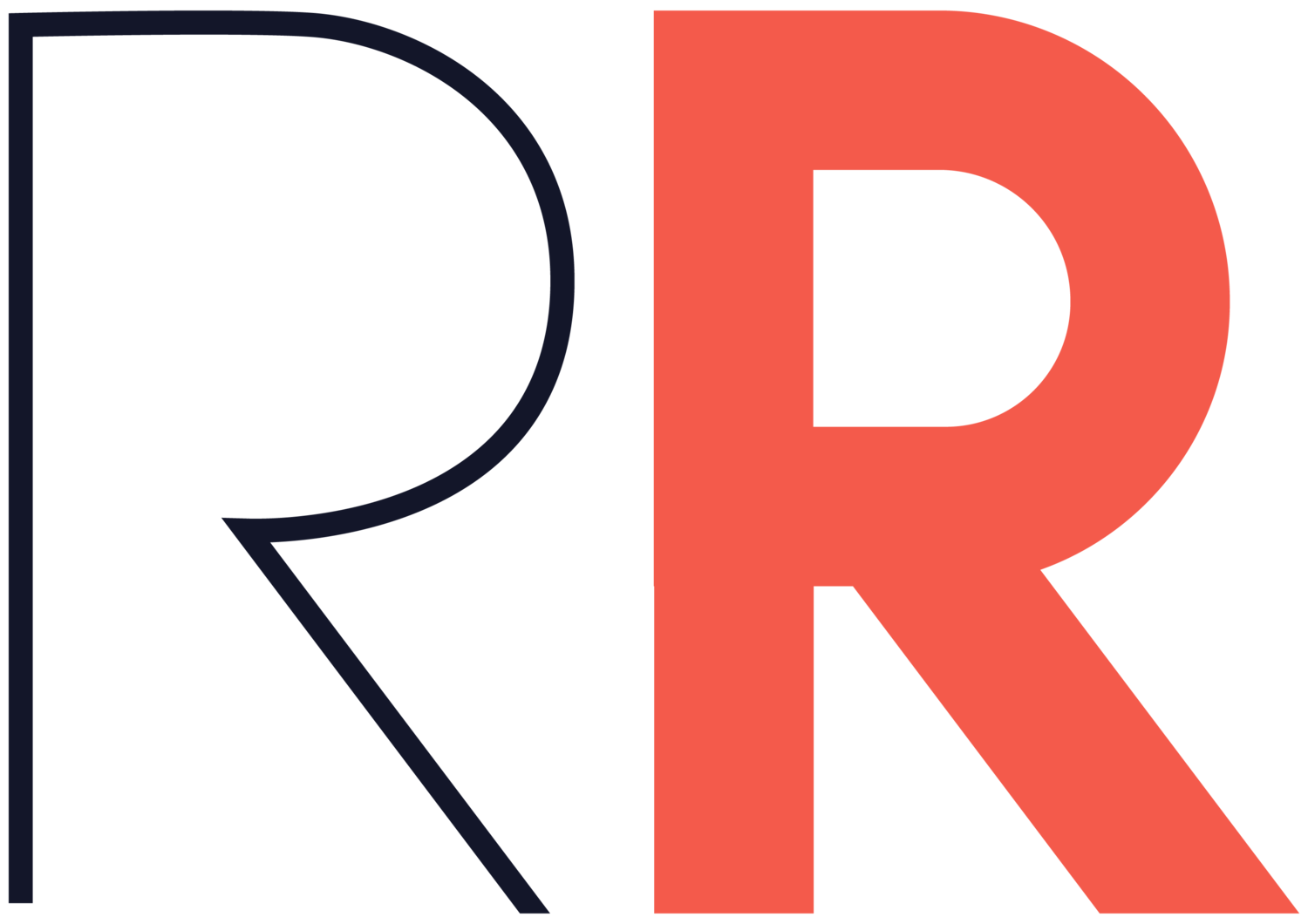Leadership Burnout Is Putting More People And Businesses At Risk. Can You Afford To Ignore It?
The mental and physical well-being of employees is of critical importance to organisations around the world today. But, what about the well-being of their leaders?
Are you feeling the twinges of burnout?
Research reveals that nearly 60% of leaders report feeling used up at the end of the workday, which is a strong indicator of burnout.
The pressure and isolation that come with being in a leadership position can be overwhelming. Couple this with the unrelenting change and chaos that leaders have been navigating over the last few years and it's no surprise that the current levels of well-being and resilience are pointing toward a global crisis of leadership burnout.
Burnout symptoms can include emotional exhaustion, detachment, loss of motivation, and reduced efficiency — all of which can have a ripple effect throughout an entire workplace.
Can you or your business afford NOT to put yourself first?
Leaders are human too and their risk of burnout is at an all time high. Yet, 63% of leaders don’t make time for their personal well-being. What about you?
If you're trying to function in or on the verge of burnout, you're putting yourself, the people you lead and the business you’re responsible for at significant risk. Senior leaders need to shift their mindsets and understand that their emotional, physical and mental well-being aren’t nice to haves. They’re literally business critical.
Burnout isn't a sign of failure. It's an indication that you need to take the time to rest and recharge your body, as well as, your mind. If you're a leader trying to mitigate the impact of burnout on yourself, your teams and business, then check out our latest 4 part vlog series of tips and techniques to help you avoid leadership burnout and fatigue.



